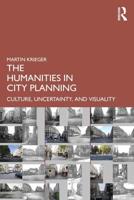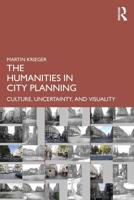Publisher's Synopsis
Our understanding of hazards and disasters is rapidly changing, and it is unclear as to whether our existing management systems are adequate to adapt to current and future disasters. Thoroughly updated to include the latest research in the hazards and disasters field, U.S. Emergency Management in the 21st Century continues the tradition of giving readers access to exemplary case studies drawn from a wide variety of hazards and applied fields.
NEW TO THE SECOND EDITION
- Discussion on COVID-19 pandemic and the lacking local capacity for preparedness.
- "Forgotten" hazards (heatwaves and coldwaves) in Phoenix, AZ and Buffalo, N.Y
- New challenges in hurricane preparedness and response with rapid intensification.
- Changing cycles of water volume in the west resulting in storage emergencies.
- Cascading hazards and out-of-sight water crises in the Southwest
- Extreme precipitation resulting in flash flooding in Tennessee, New York City, Montana, and Vermont.
- Updated conclusion describing divergence between federal, state, and local emergency management concerns and priorities.
- A new co-editor, Melanie Gall, recognized for her teaching and scholarship on natural hazards and emergency management.
U.S. Emergency Management in the 21st Century remains an indispensable textbook on disaster case studies, emergency management policy and practice. An essential resource for students, public, and professionals alike.











